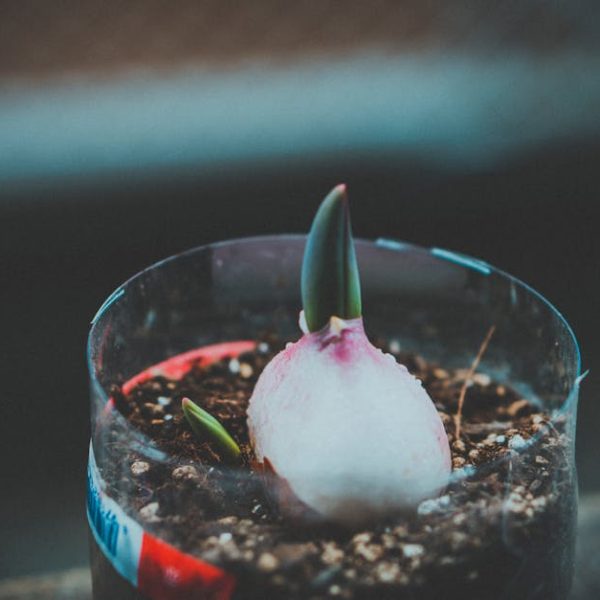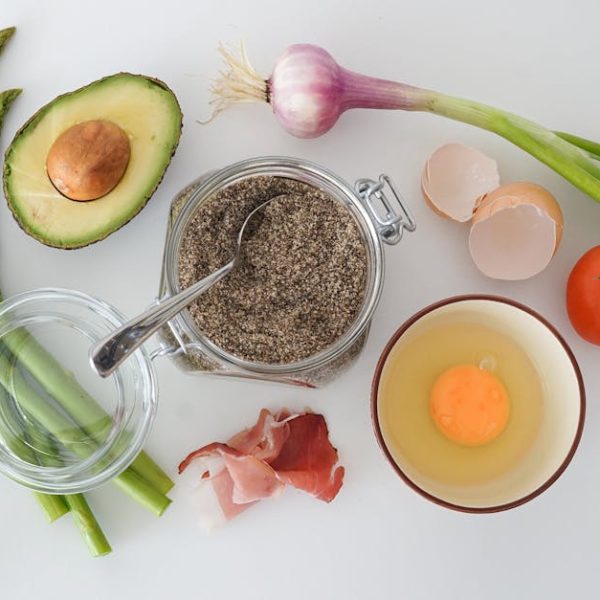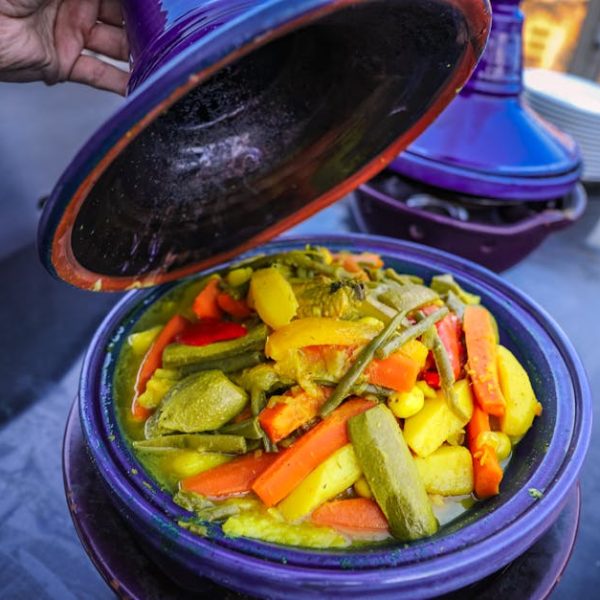Legumes hail from the Fabaceae family, a large and diverse botanical group of plants that includes peas, lentils, chickpeas, and peanuts among others. What sets these plants apart is their distinctive seed-laden pods, a unique characteristic that lends itself to the term legume, derived from the Latin ‘legumen,’ translating to ‘pod.’ The seeds within these pods are what we typically consume as legumes.
But take heed, legume is more than just a fascinating botanical trivia. Nutritionally speaking, legumes are a powerhouse. They are densely packed with nutrients, offering a good dose of protein, fiber, and essential nutrients like iron, zinc, potassium, and B-vitamins. Regular inclusion of legumes in your diet may lower LDL cholesterol, reduce blood pressure, and even help with weight management, according to the American Heart Association.
Defining Beans, Types, and Nutritional Value
From a botanical perspective, beans share some striking commonalities with legumes. After all, beans too, are derived from the Fabaceae family. But specifically, we refer to beans as the shelled fruits or seeds of plants belonging to the genus Phaseolus. Common types you might encounter at your local grocery store include kidney beans, black beans, lima beans, and pinto beans.
Beans are acclaimed for their nutritional richness. Delivering a potent blend of fiber and protein, these nutrient-dense seeds also showcase an array of vital minerals and vitamins such as magnesium, potassium, and vitamin B6. Beans are a staple ingredient in many cuisines across the world, adding a creamy, hearty texture to a variety of dishes.
Comparing Legumes and Beans – A Closer Look at the Similarities
Understanding that beans are a subset of legumes is the first step to recognizing their similarities. Both share a common botanical trait: they grow in pods, and it’s predominantly the seeds that we consume. Nutritionally, beans and legumes offer nearly identical benefits, including robust amounts of protein, fiber, and essential nutrients.
Given below is a tabular comparison of the nutritional content per 100g serving of some common legumes and beans:
| Protein(g) | Fiber(g) | Iron(mg) | |
|---|---|---|---|
| Kidney Beans | 8.7 | 6.4 | 2.22 |
| Lentils | 9.02 | 7.9 | 3.27 |
| Black Beans | 8.9 | 8.3 | 2.22 |
| Peanuts | 7.3 | 8.5 | 1.80 |
As the table portrays, both beans and legumes offer nutritious profiles, underlining their shared contribution to a healthy diet.
Key Differences Between Legumes and Beans
Despite bearing nutritional and botanical similarities, beans and legumes are not entirely synonymous. The most significant distinction lies in their classification. Legume stands for an overarching term that encompasses a wider variety of species, including beans, lentils, peanuts, and peas. Beans, conversely, constitute a smaller group within the legume family.
Moreover, while all legumes grow in pods, the way they grow can be vastly different. Some legumes can be vining plants, while others can grow as bushy shrubs. Beans, on the other hand, usually grow as vines but can also develop as small bushes
Here’s a graphical representation to better illustrate the differences:
Beans are a subset of Legumes
Legumes: Lentils, Chickpeas, Peanut, Kidney beans, etc.
Beans: Kidney beans, black beans, lima beans, etc.
Clearly, while all beans are legumes, not all legumes are beans!
Choosing Between Legumes and Beans – What Should Be in Your Diet?
Beans and legumes boast of noteworthy nutritional values, making them a worthy addition to a balanced and nutritious diet. Yet, specific dietary requirements and preferences might incline you towards one group more than the other. .
Given below are a few pros and cons of consuming legumes and beans based on specific dietary needs:
| Legumes | Beans | |
|---|---|---|
| Pros | Rich in protein, fiber, and essential minerals | High in protein and fiber, lower in fat |
| Cons | Some may contain anti-nutrients, which can affect absorption of nutrients | May cause digestive discomfort in some people |
To make the most of beans and legumes, consider incorporating them in your meals in diverse ways. Simmer them into soups, toss into salads, sneak into sauces, or even use them to substitute meat in some dishes. There are countless recipes available that will help you enjoy the health benefits of these versatile food groups. So, whether it’s a hearty lentil stew or a vibrant black bean salad, eat your way to a healthier you with legumes and beans!
Key Takeaway:
- Legumes and beans, both come from the Fabaceae family, hence they share many similar characteristics. Beans are, in fact, a subset of legumes.
- Legumes refer to a wider variety of species including lentils, peas, chickpeas, beans, and others whereas beans represent a smaller portion within the legumes, including types like kidney beans, black beans, and more.
- Both legumes and beans bring significant nutritional benefits to the table. They are rich sources of proteins, fibers, vitamins, and minerals.
- The consumption of legumes and beans may differ based on individual dietary needs and preferences, but both can serve as advantageous additions to a balanced diet.
Although legumes and beans share common botanical characteristics and offer similar nutritional profiles, there are differences in their sub-categorization and uses in cooking that set them apart. Incorporating both legumes and beans in your diet can contribute towards a balanced and wholesome diet given their rich nutritive properties.
FAQs
Q: Can I replace meat in my diet with legumes and beans?
A: Yes, both legumes and beans are good sources of plant-based protein and can be used as a substitute for meat in vegetarian or vegan diets.
Q: Do legumes and beans require special preparation methods?
A: This generally depends on the type of beans or legumes. Some may require soaking before cooking, while others can be prepared directly. Always read the cooking instructions for specific details.
Q: Can legumes or beans cause allergies?
A: Yes, like any other food, legumes and beans can cause allergic reactions in some individuals. If you’re allergic to a specific type of legume or bean, it’s best to avoid eating it.
Q: Can legumes and beans be included in any diet?
A: Yes, due to their high nutrient content and low fat, legumes and beans can be incorporated into many diets. They’re especially beneficial in vegetarian and vegan diets as a source of protein.
Q: What are the health benefits of including beans and legumes in my diet?
A: Regular inclusion of legumes and beans in your diet can contribute to a lower LDL cholesterol, reduced blood pressure, and aid in weight management among other benefits.
We encourage you to explore more interesting posts on our blog, and don’t hesitate to share this article with others if you found it helpful!






